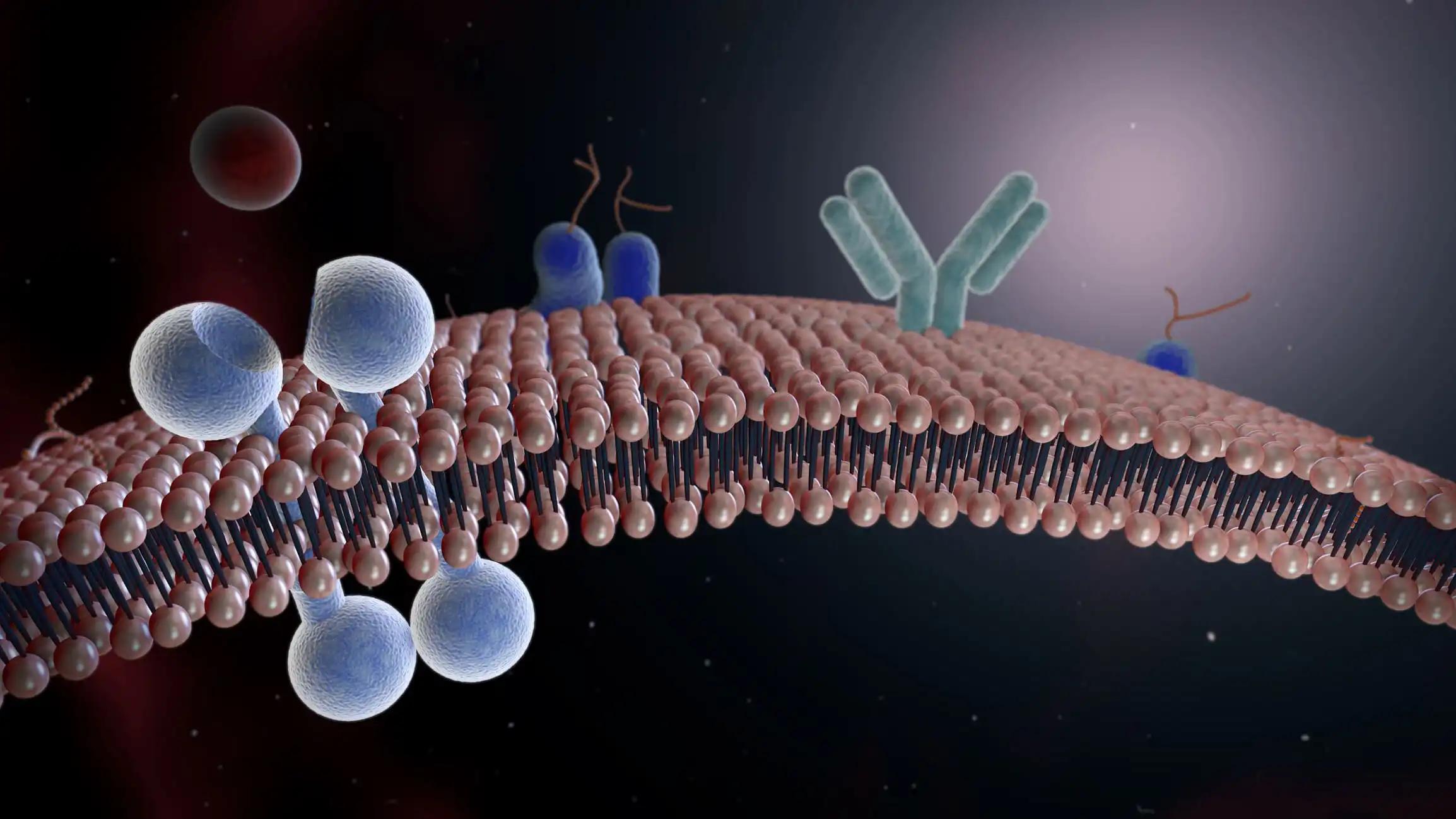KEY TAKEAWAYS
- The study aimed to determine fibroblast activation mechanisms that hinder NSCLC metastasis and advance therapeutic strategies.
- The results suggested circNOX4/FAP/IL-6 as a target for an NSCLC metastatic intervention method, demonstrating a fibroblast niche role caused by circRNA.
In non-small cell lung cancer (NSCLC), cancer-associated fibroblasts (CAFs) are crucial in promoting metastatic growth by creating a supportive microenvironment. Given the diverse and adaptable nature of CAFs, targeting their activated phenotype holds promise for cancer therapy.
Yan Zhao and the team conducted a study that aimed to elucidate mechanisms driving CAF activation and phenotype switching to curb NSCLC metastasis and improve therapeutic strategies.
The study used tumor samples from NSCLC patients and bioinformatic analysis of internet databases to evaluate the clinical significance of fibroblast activation protein (FAP)-positive CAFs (FAP+CAFs). By using circRNA microarrays of primary human CAFs and matched normal fibroblasts (NFs), CAF-specific circular RNAs (circRNAs) were found. In clinical samples of NSCLC, survival analyses assessed the prognostic value of circNOX4.
The Gain- and loss-of-function tests were conducted in vivo and in vitro to examine the biological effects of circNOX4. To clarify fibroblast activation processes, luciferase reporter assays, fluorescence in situ hybridization, RNA immunoprecipitation, and miRNA rescue experiments were carried out. The enzyme-linked immunosorbent assay (ELISA), transwell coculture system, and cytokine antibody array were employed to investigate the downstream effectors driving cancer metastasis.
FAP+CAFs exhibited significant enrichment in metastatic cancer samples, correlating with worse overall survival in NSCLC patients. A novel CAF-specific circRNA, circNOX4 (hsa_circ_0023988), induced the transition from NFs to CAFs and enhanced NSCLC migration and invasion in vitro and in vivo.
Clinically, circNOX4 was associated with poor prognosis in advanced NSCLC patients. Mechanistically, circNOX4 upregulated FAP by sequestering miR-329-5p, promoting fibroblast activation. Furthermore, the circNOX4/miR-329-5p/FAP axis activated an inflammatory fibroblast niche, preferentially inducing interleukin-6 (IL-6) and driving NSCLC progression. CircNOX4/IL-6 axis disruption significantly inhibited tumor growth and metastatic colonization in vivo.
The study concluded that the circRNA-induced fibroblast niche is crucial in tumor metastasis. Targeting the circNOX4/FAP/IL-6 axis emerges as a promising strategy for intervening in NSCLC metastasis.
This work was supported by the National Natural Science Foundation of China, Clinical Research and Innovation Team Support Program of Hebei Medical University, the Graduate Innovation Foundation of Hebei Province, and the Medical Science Research Program of Hebei Health Commission.
Source: https://pubmed.ncbi.nlm.nih.gov/38459511/
Zhao, Y., Jia, Y., Wang, J., et al. “circNOX4 activates an inflammatory fibroblast niche to promote tumor growth and metastasis in NSCLC via FAP/IL-6 axis.” Mol Cancer 23, 47 (2024). https://doi.org/10.1186/s12943-024-01957-5



